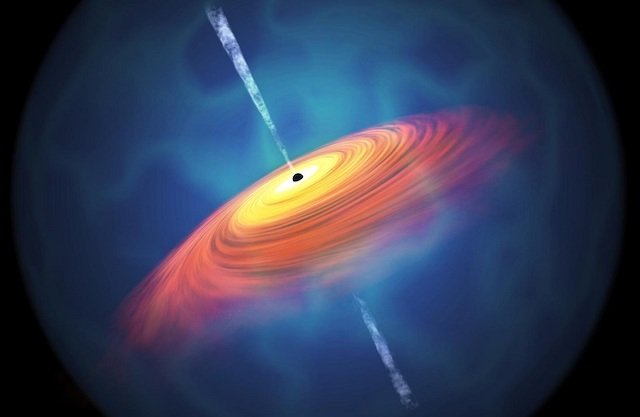
In a new study, scientists have discovered 83 quasars powered by supermassive black holes (SMBH) that were formed in the early Universe.
The finding provides new insight into the effect of black holes on the physical state of gas in the early universe in its first billion years.
Supermassive black holes are found at the centers of galaxies, and they have masses millions or even billions of times that of the Sun.
While they are prevalent in the modern Universe, it is unclear when they first formed, and how many existed in the early Universe.
Scientists cannot observe black holes directly.
But when a large quantity of matter falls into an SMBH, it releases energy as a bright light that can be seen from across the Universe. This phenomenon is known as a quasar.
In the current study, the research team used the Subaru Telescope to look for quasars in the distant Universe.
They found 83 previously unknown very distant quasars; together with the 17 quasars already known in the survey region.
In addition, the average spacing between supermassive black holes is a billion light-years.
Previous research only focused on the most luminous quasars, and thus the most massive black holes.
The new findings probe the population of SMBH with masses characteristic of the most common ones seen in the modern Universe and thus provide valuable information about their origin.
The researchers believe their finding increases the number of black holes known at that epoch considerably.
It also reveals for the first time how common they are early in the universe’s history.
The team suggests that the quasars they discovered will be an interesting topic for further follow-up observations with current and future facilities.
If scientists compare the measured number density and luminosity distribution with predictions from theoretical models, they will also learn about the formation and early evolution of SMBHs.
The study leader is Yoshiki Matsuoka from Ehime University.
The study results are published in The Astrophysical Journal and the Publications of the Astronomical Observatory of Japan.
Copyright © 2019 Knowridge Science Report. All rights reserved.



